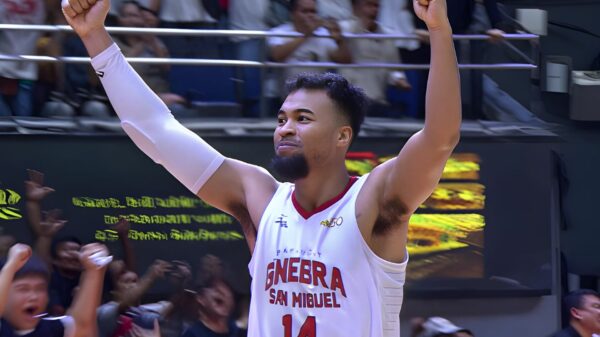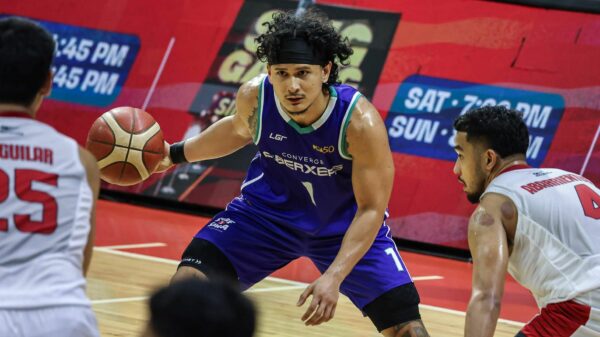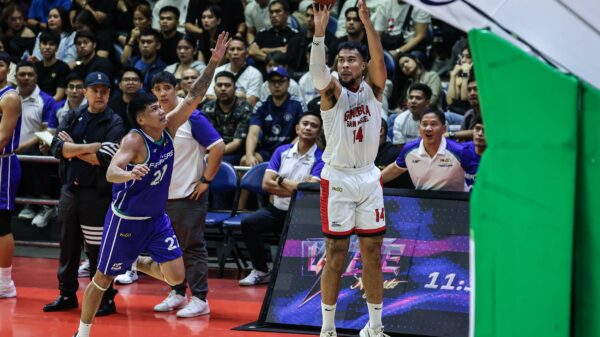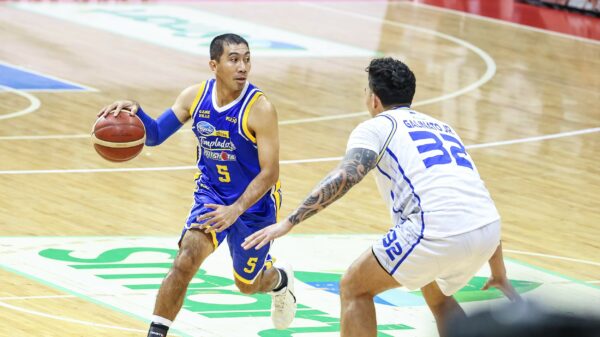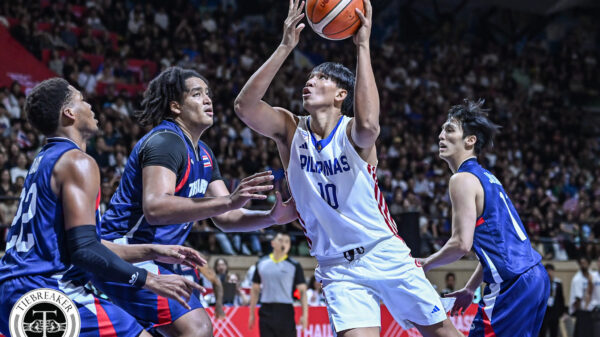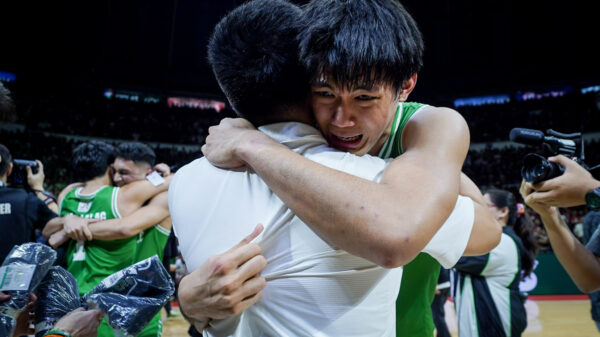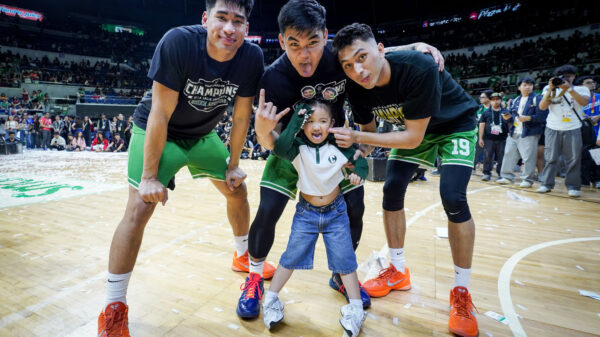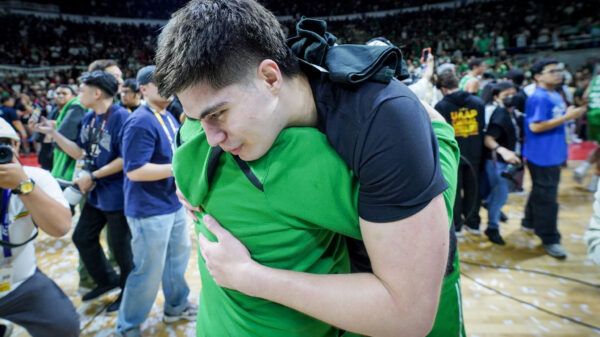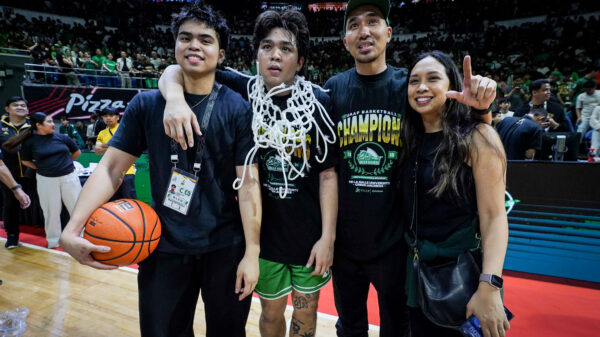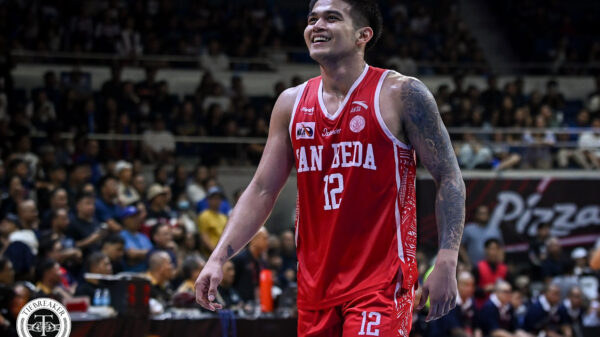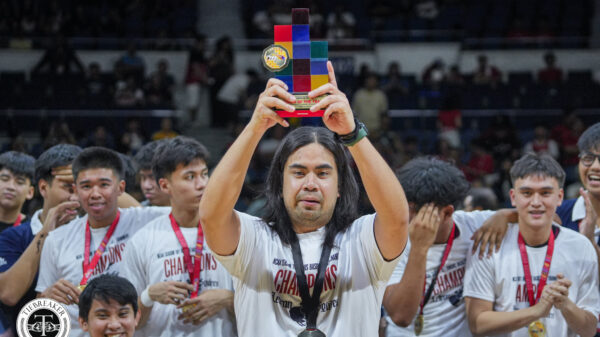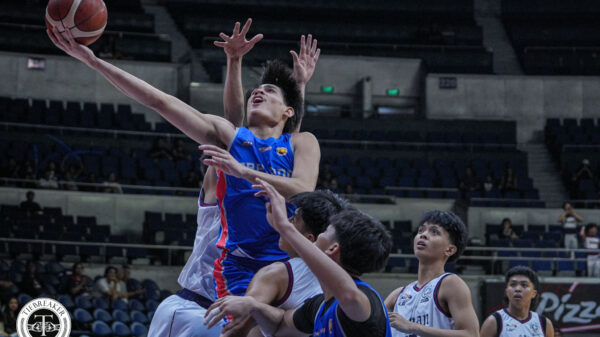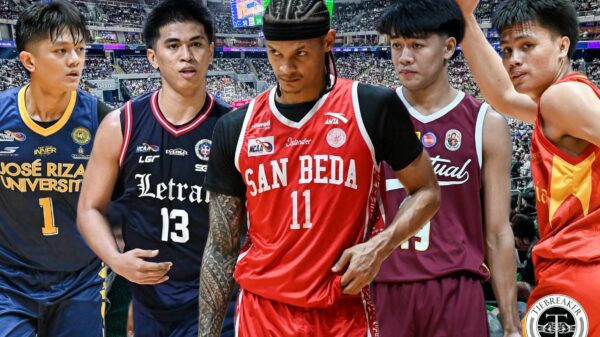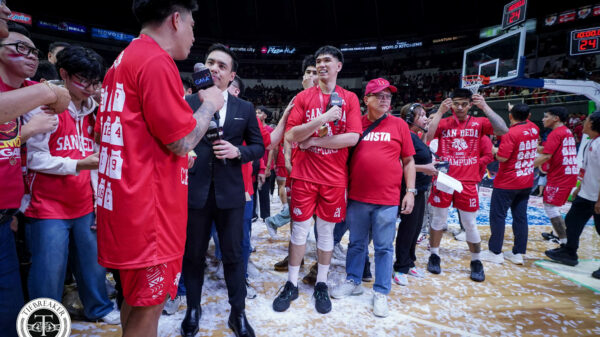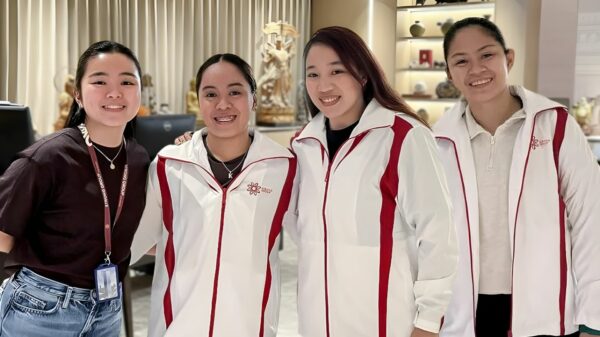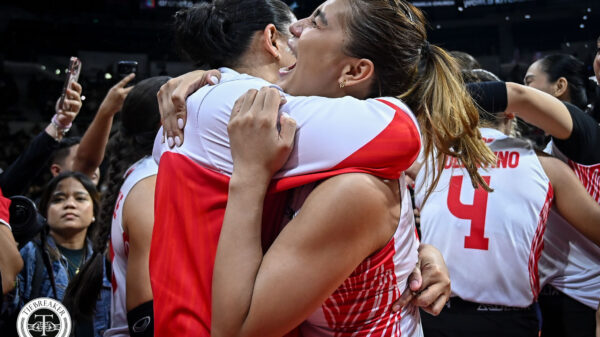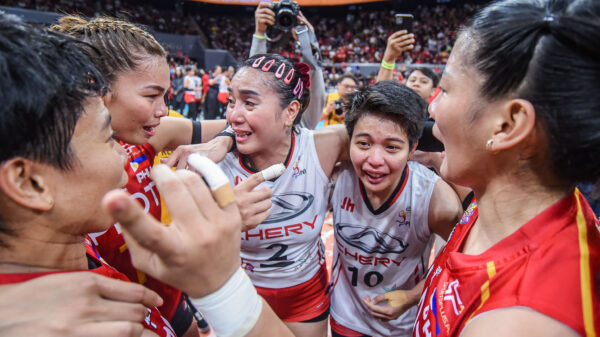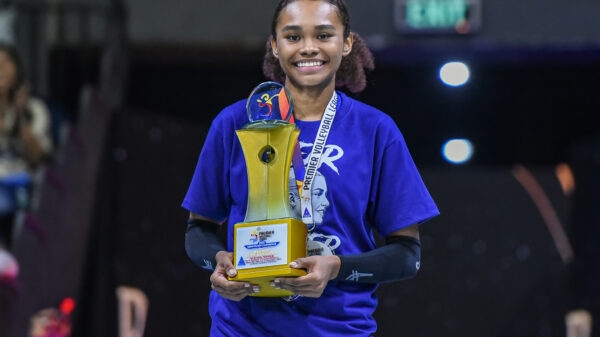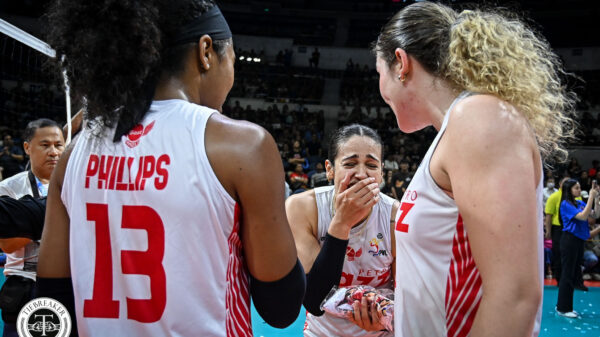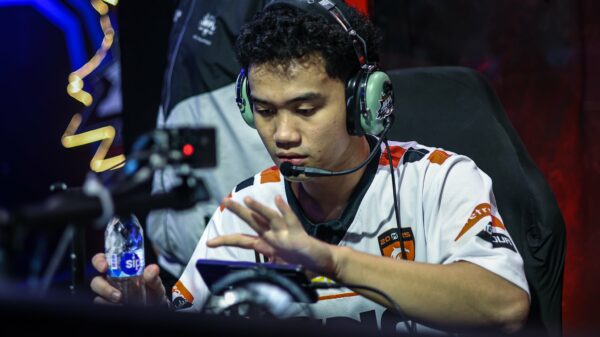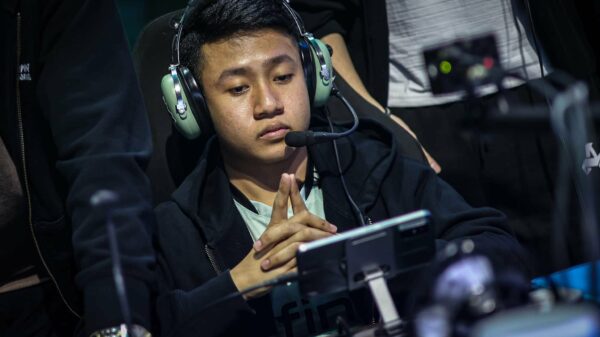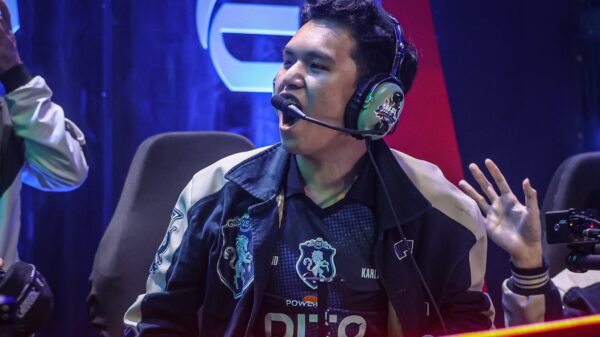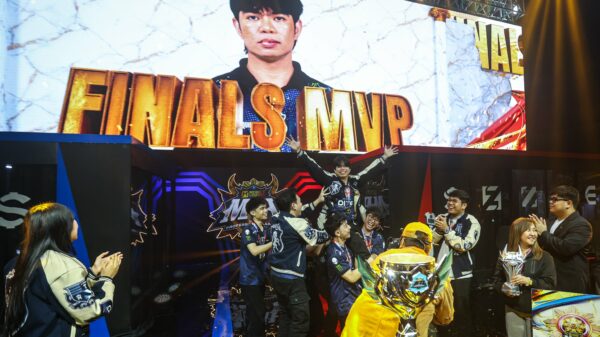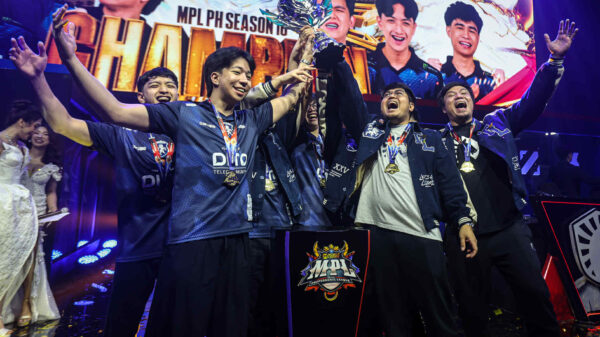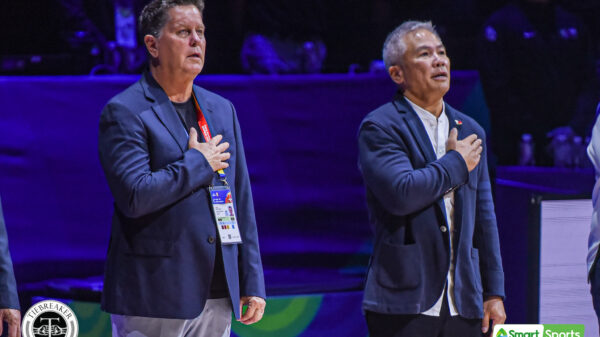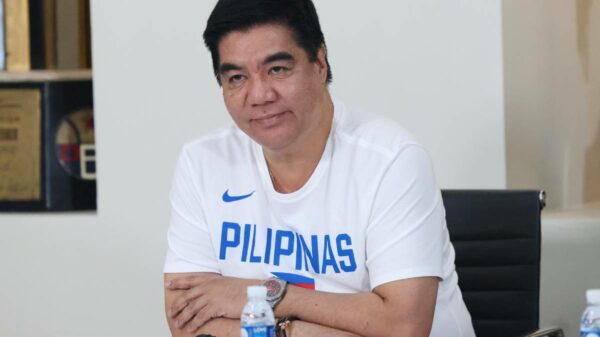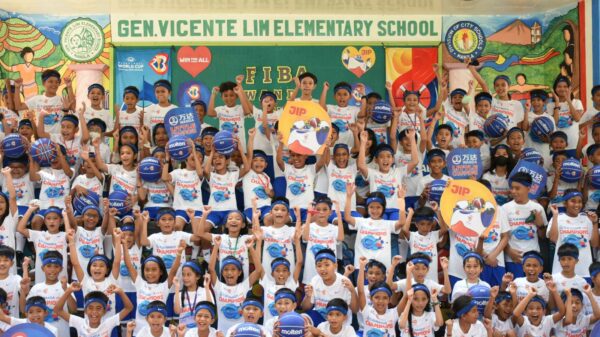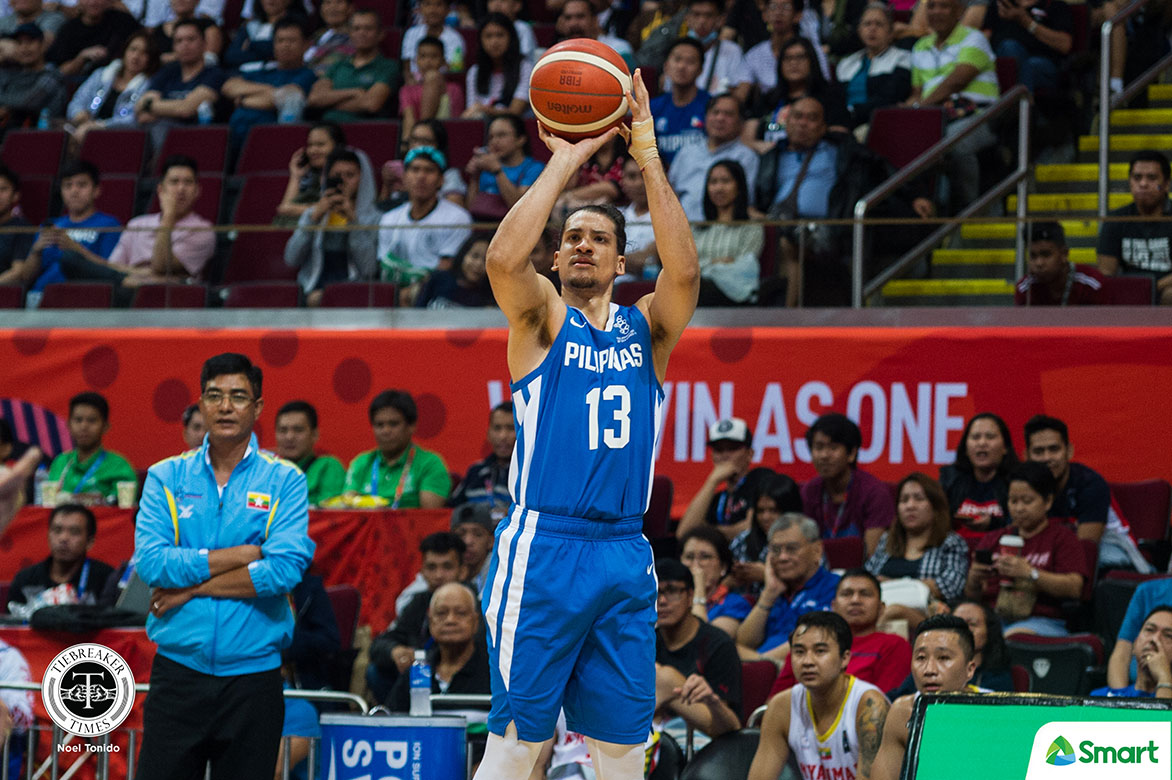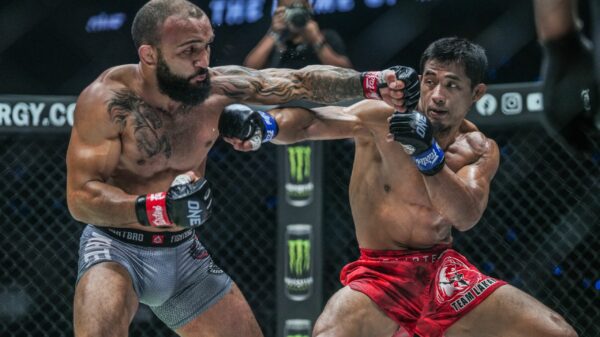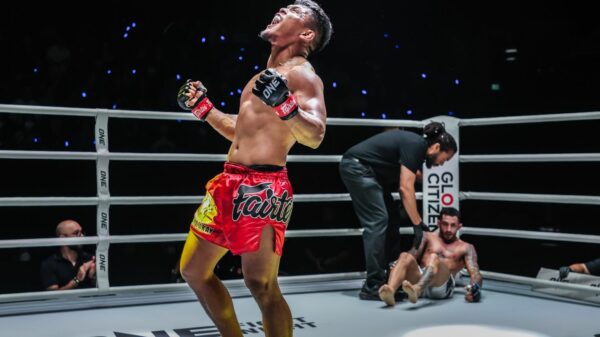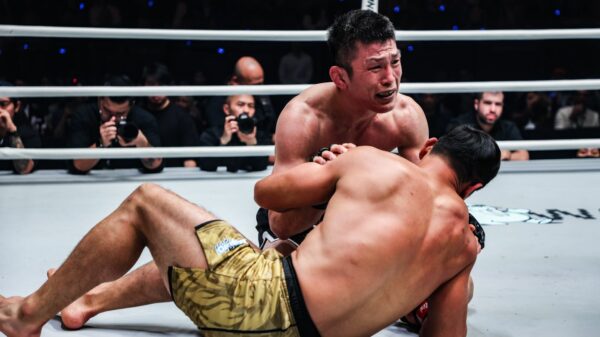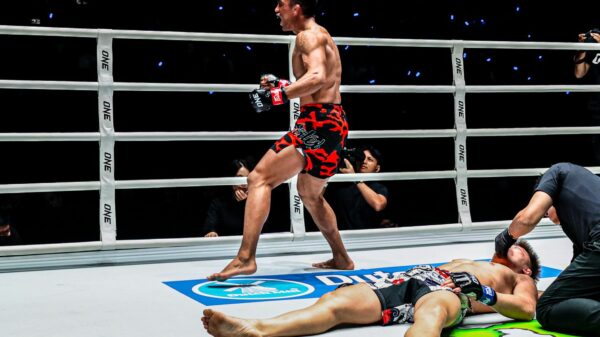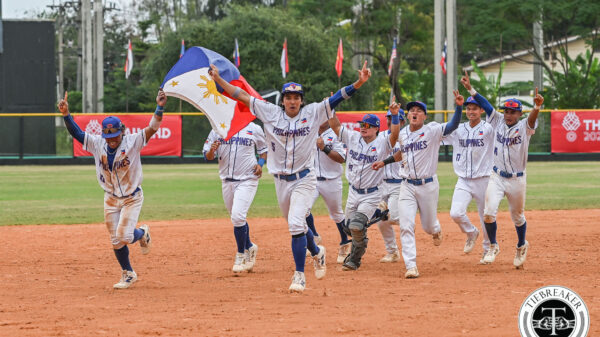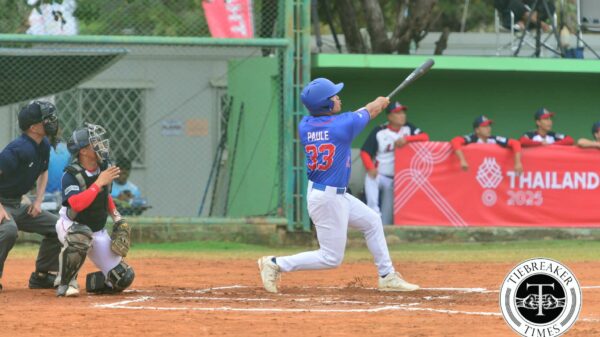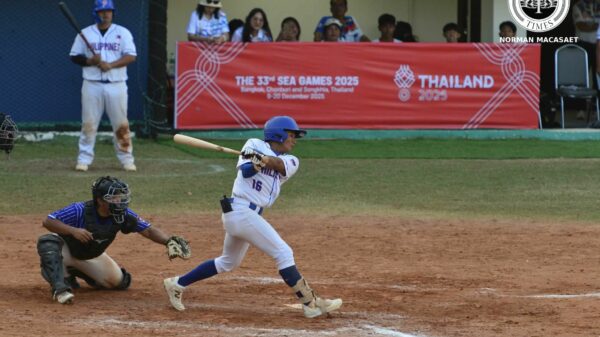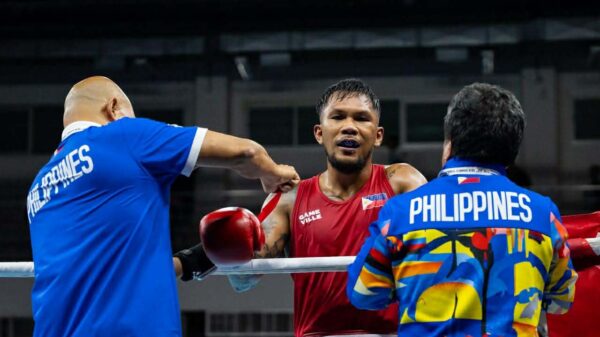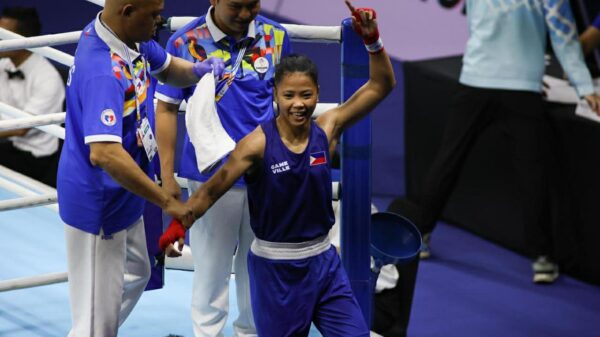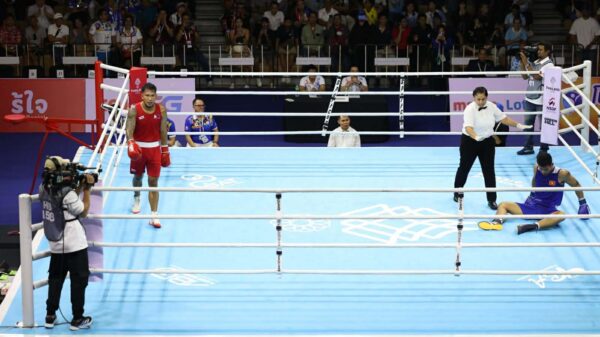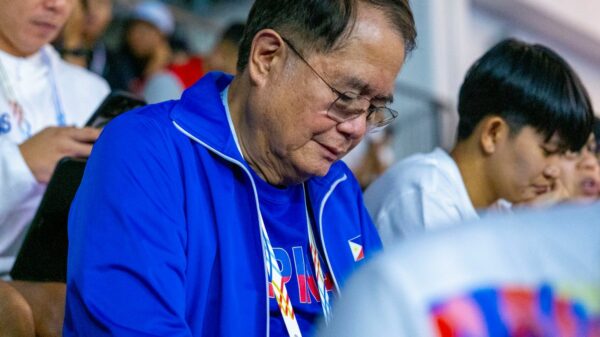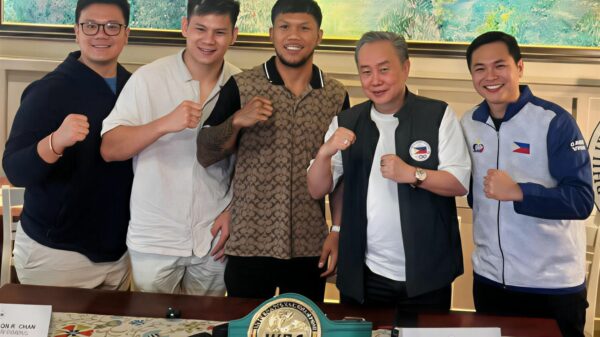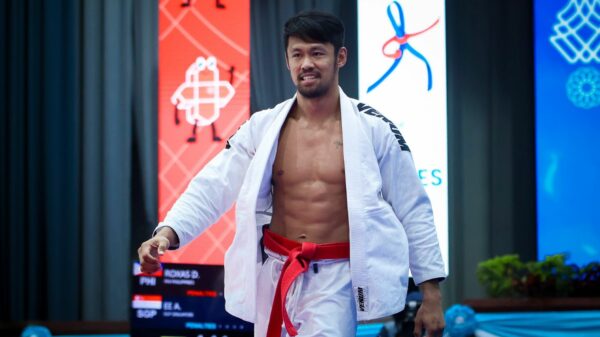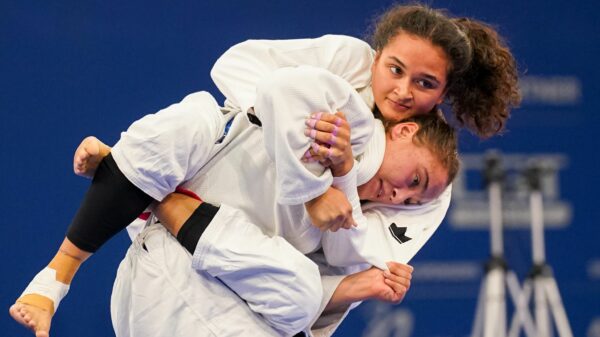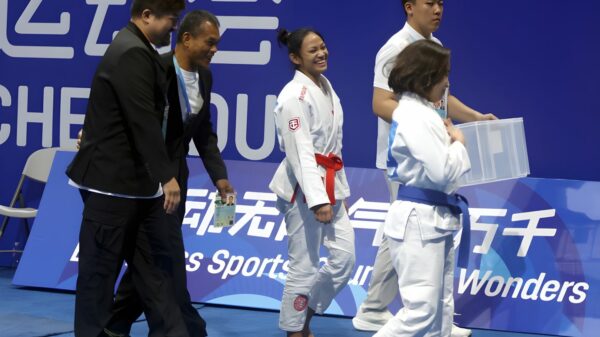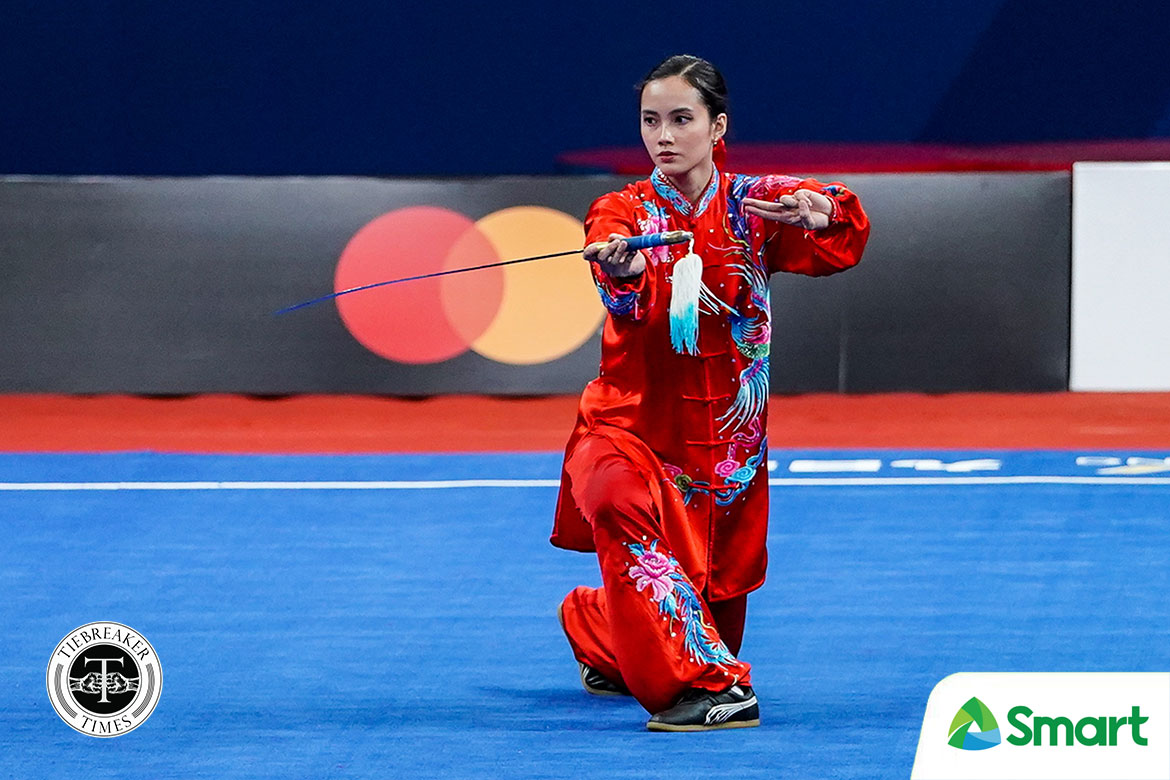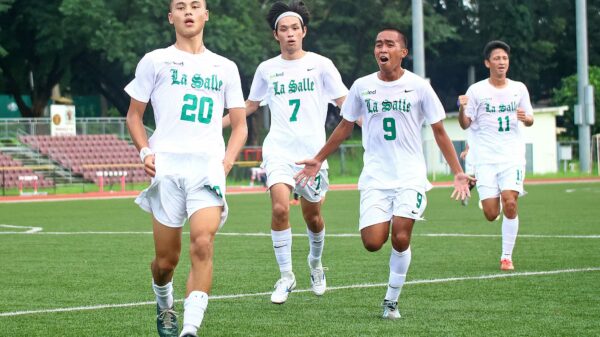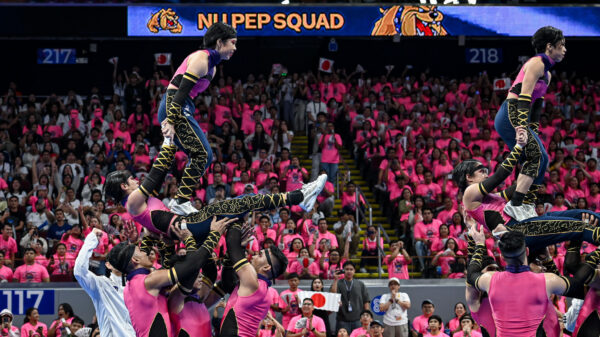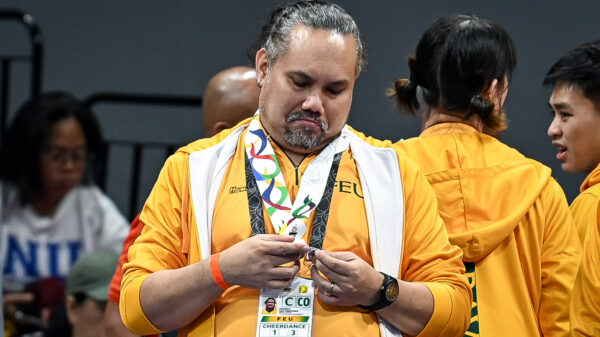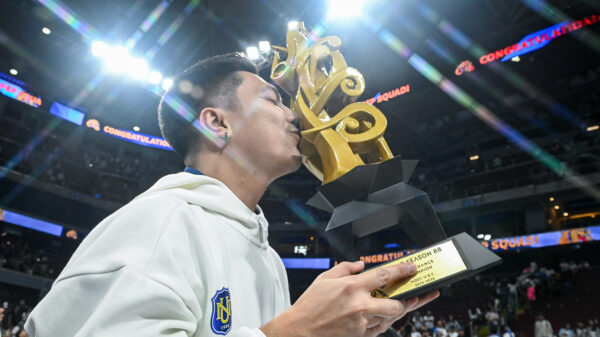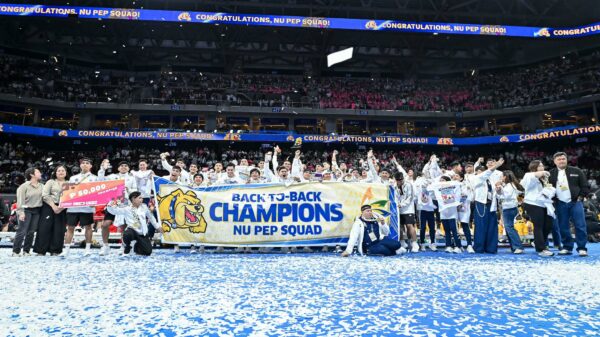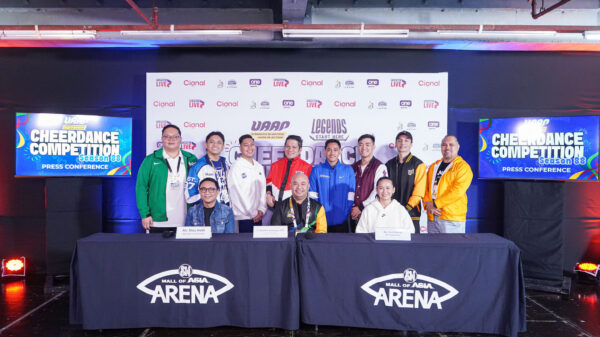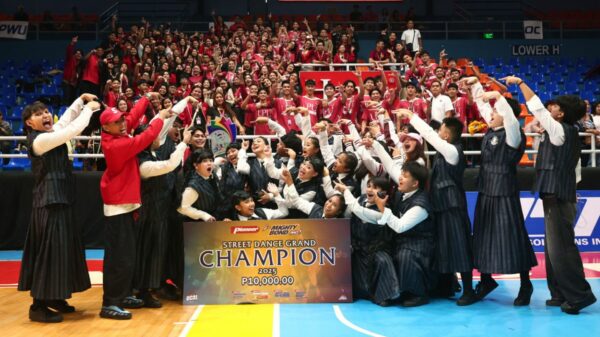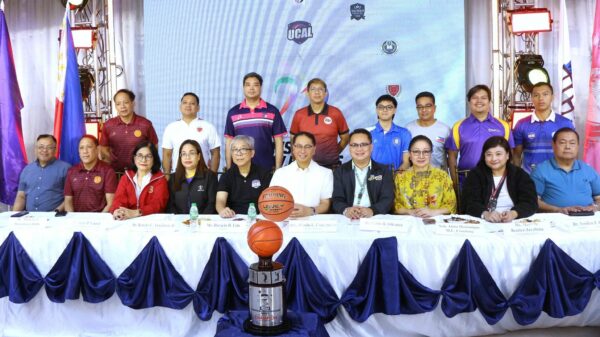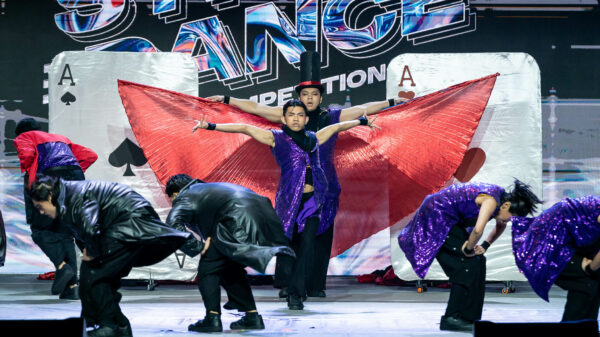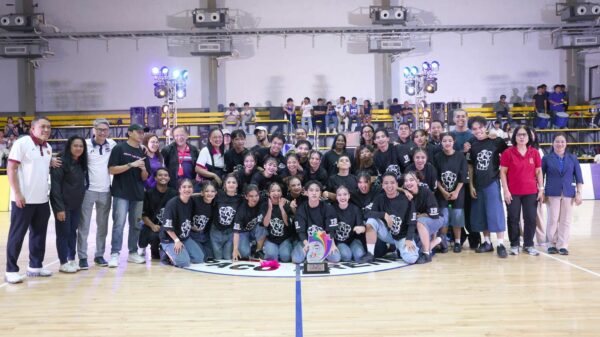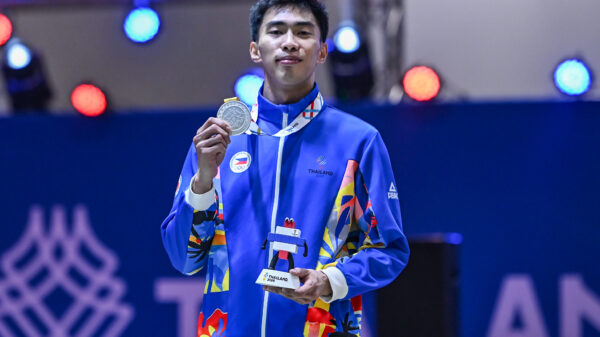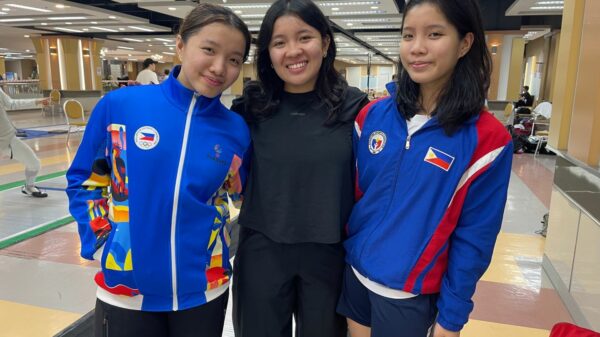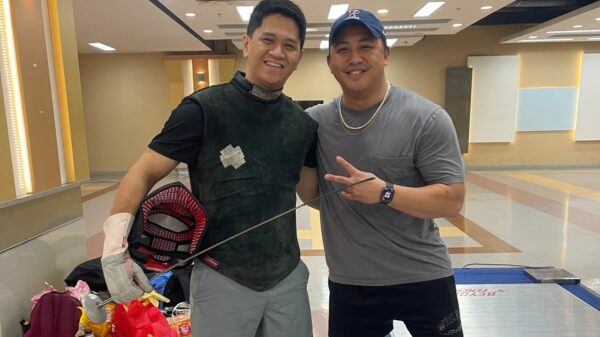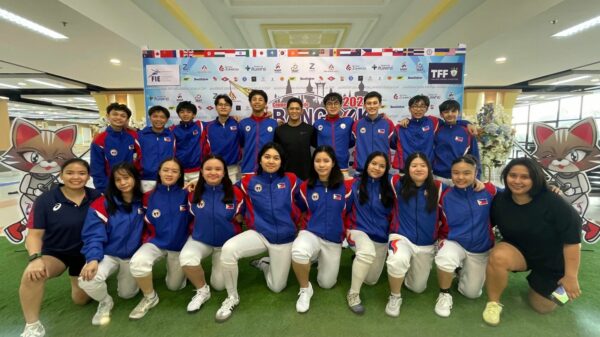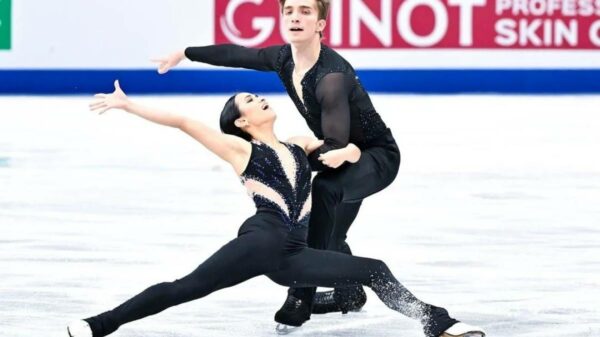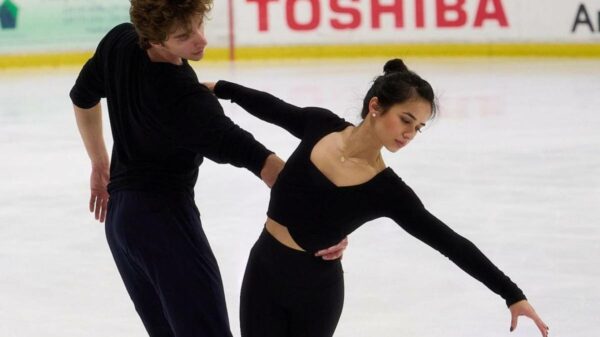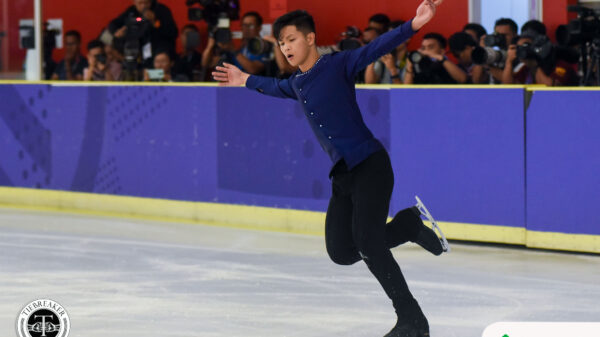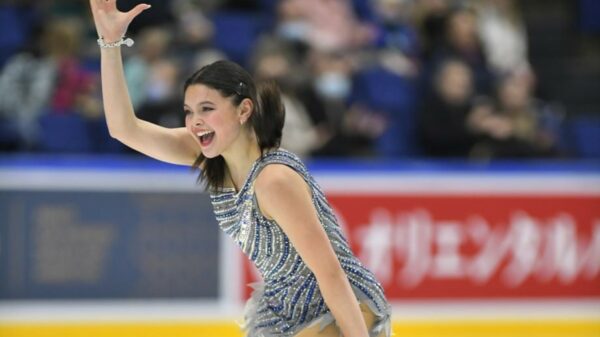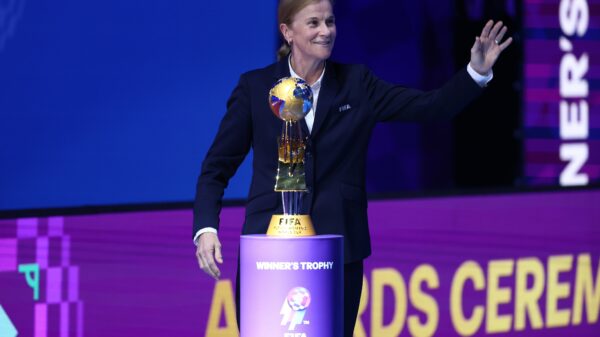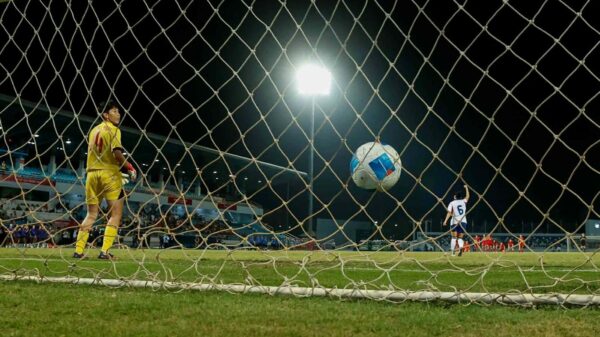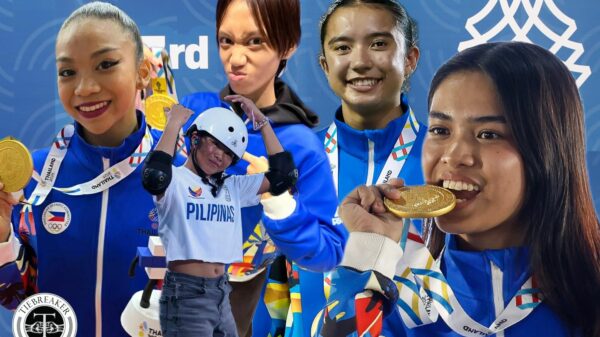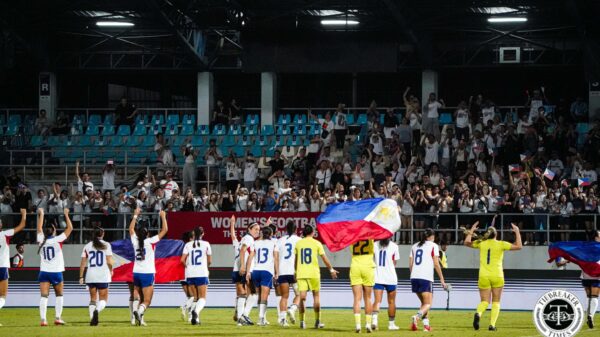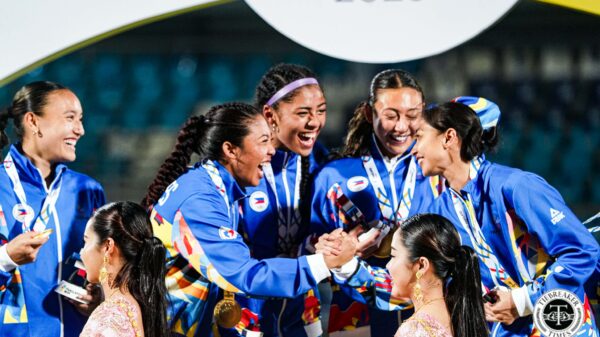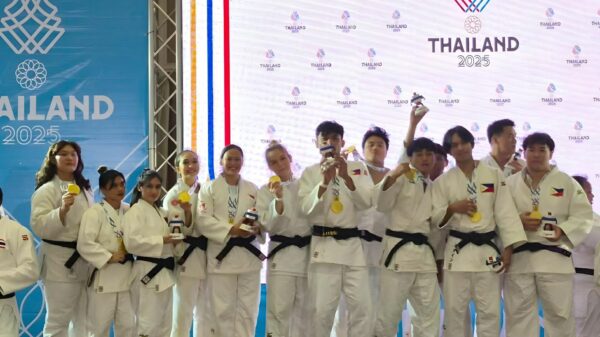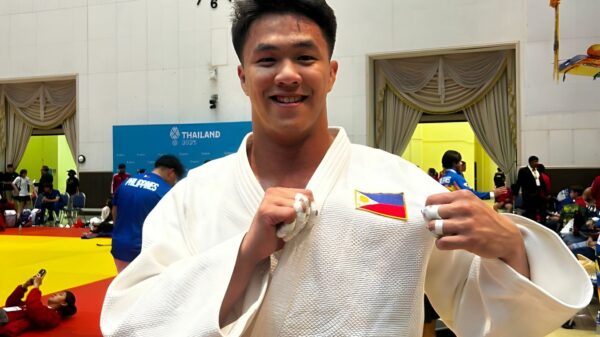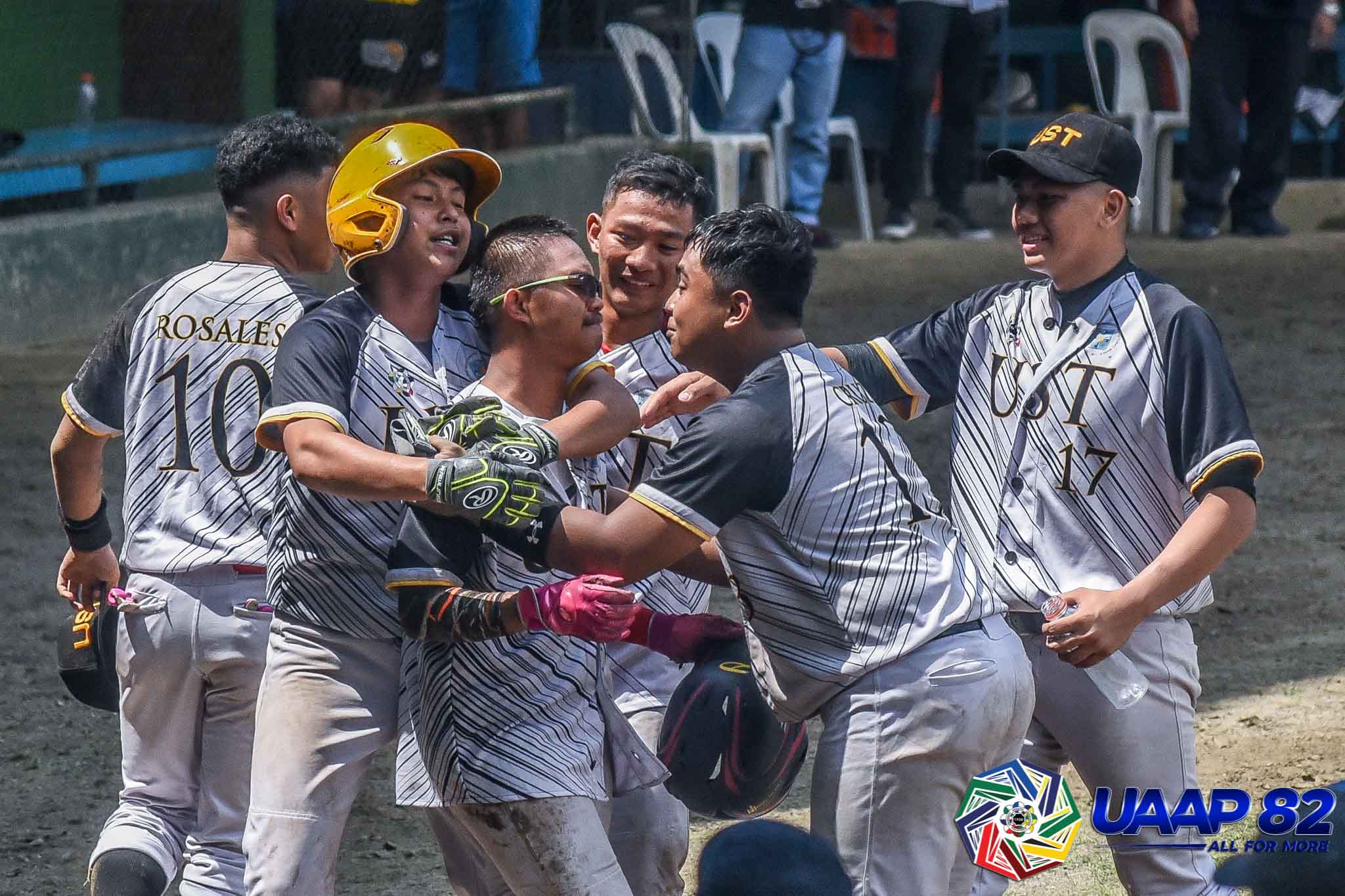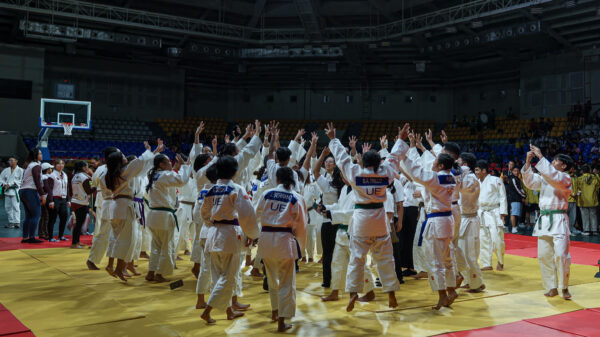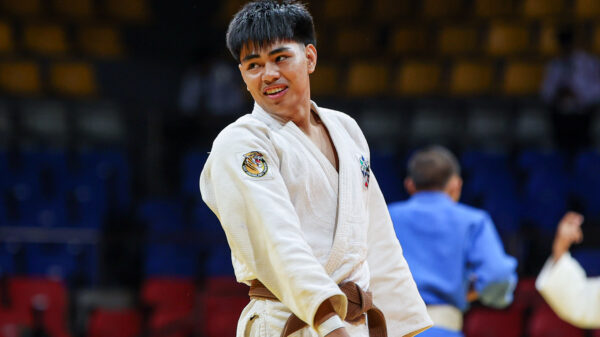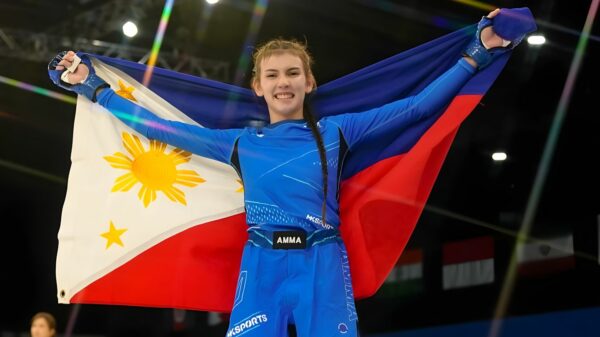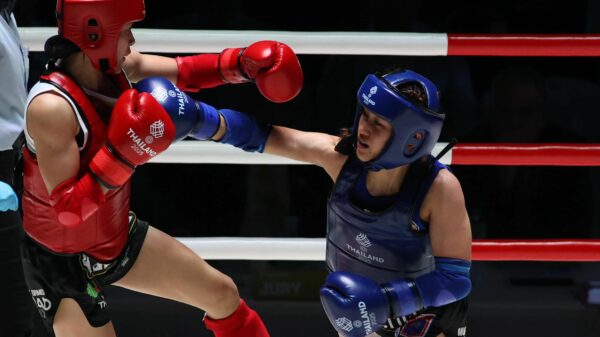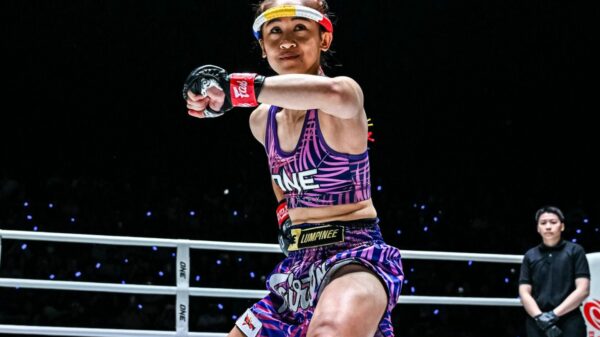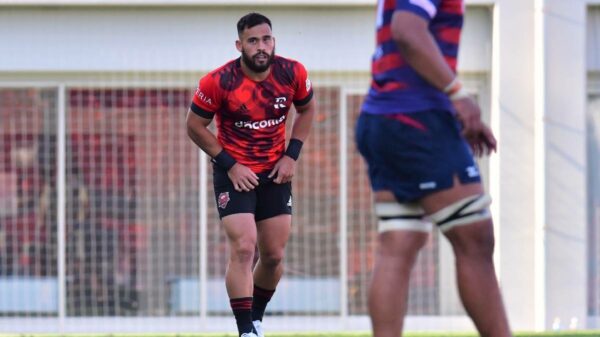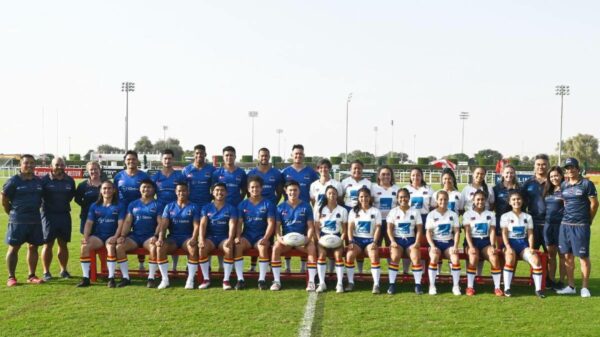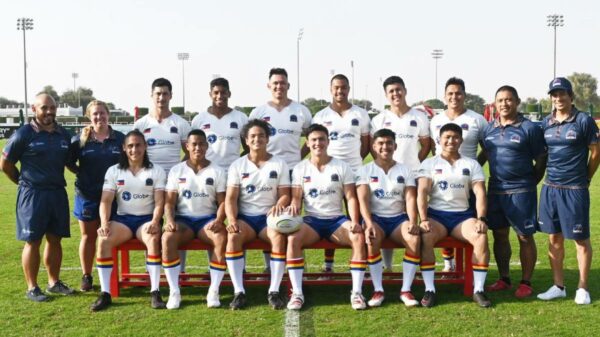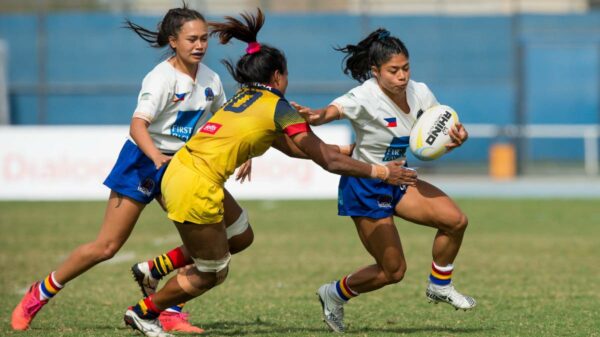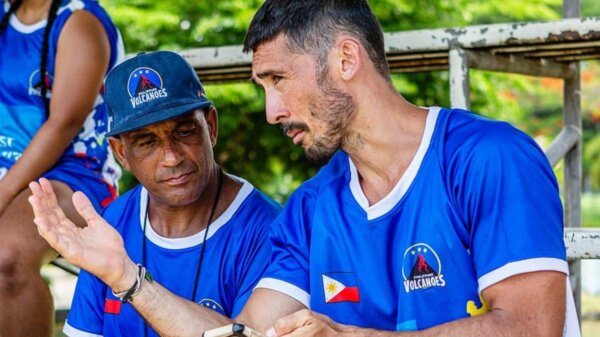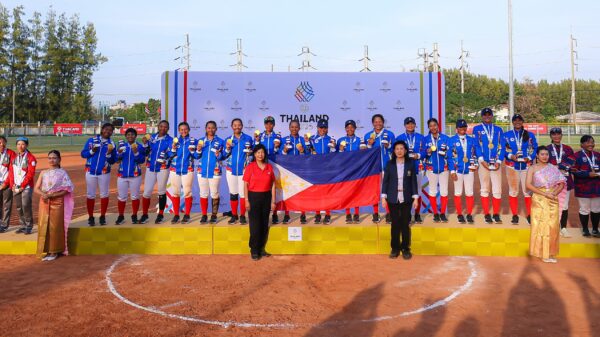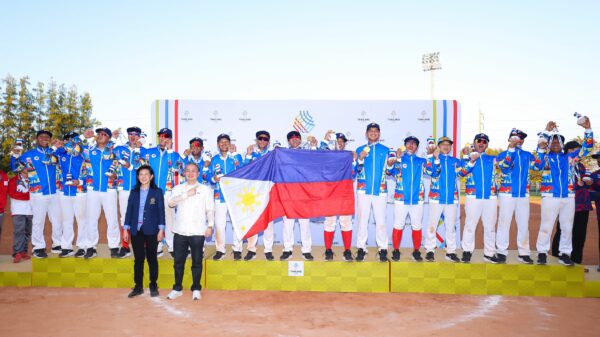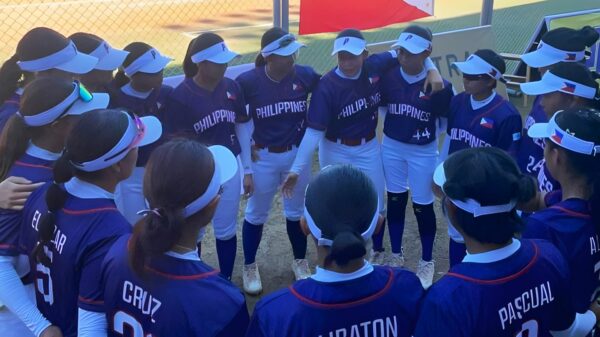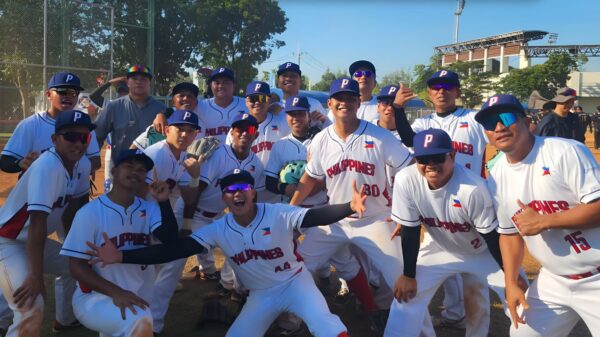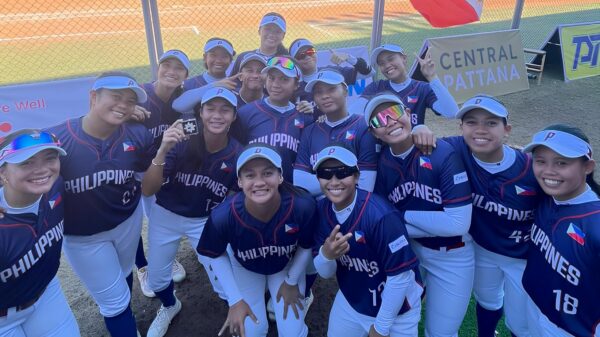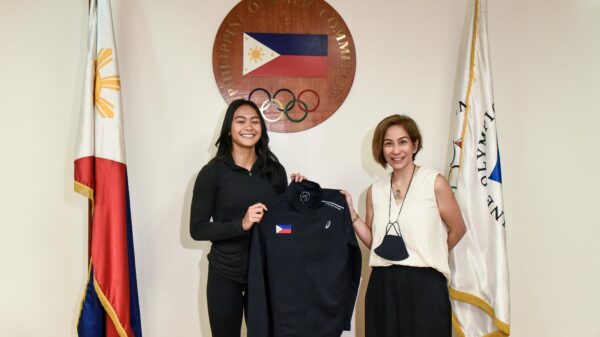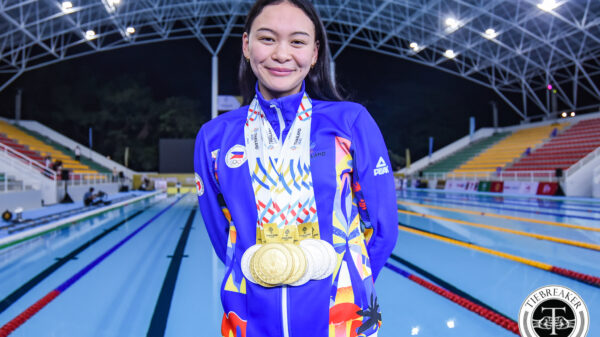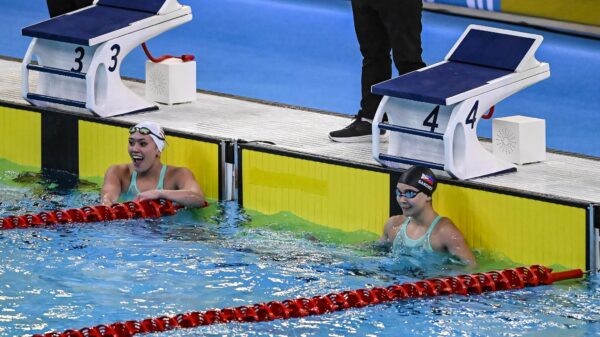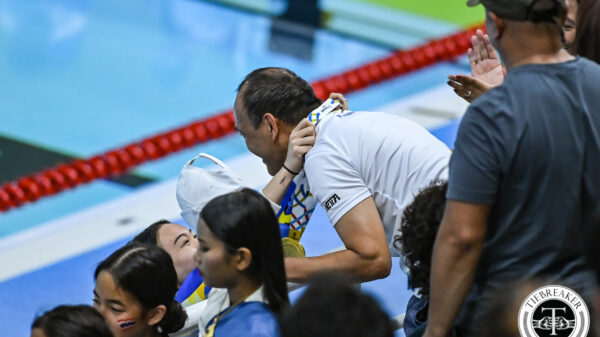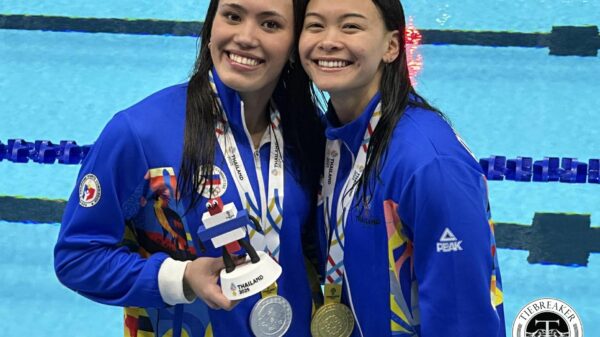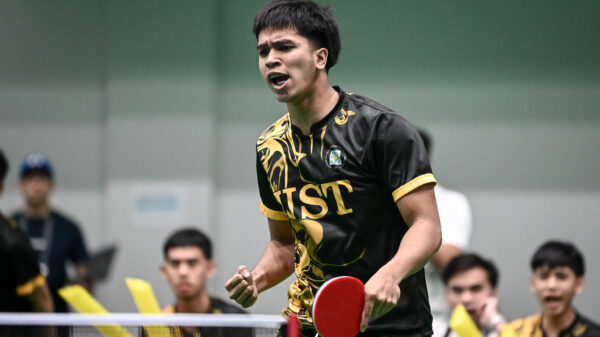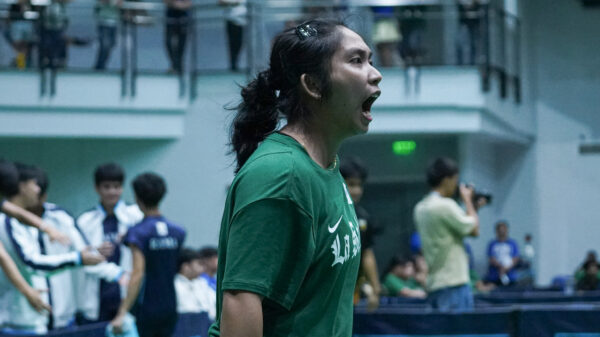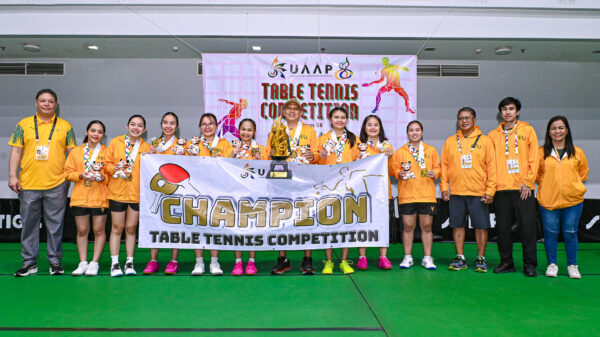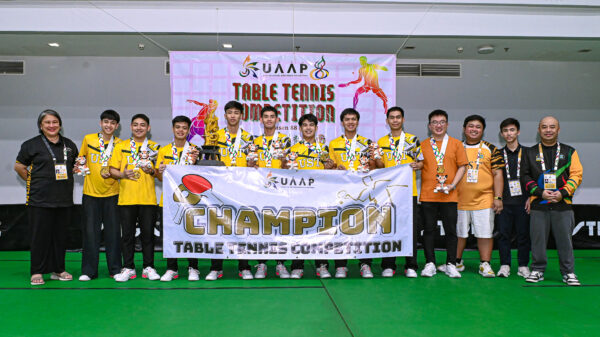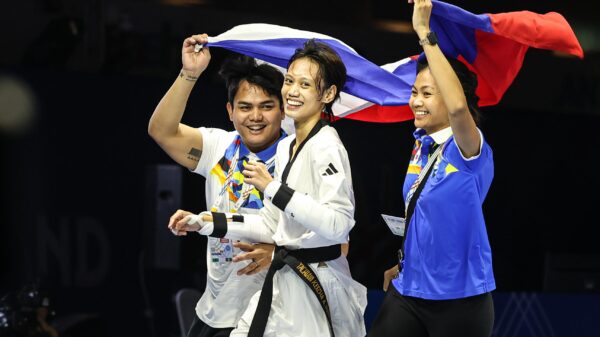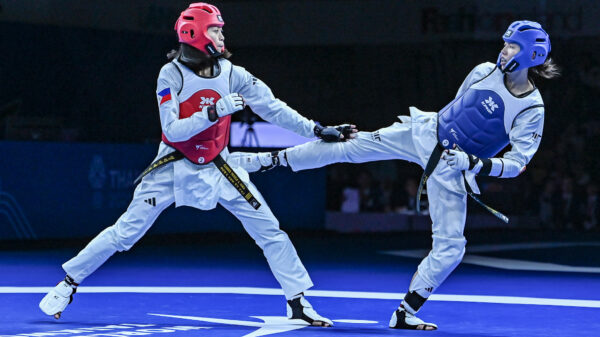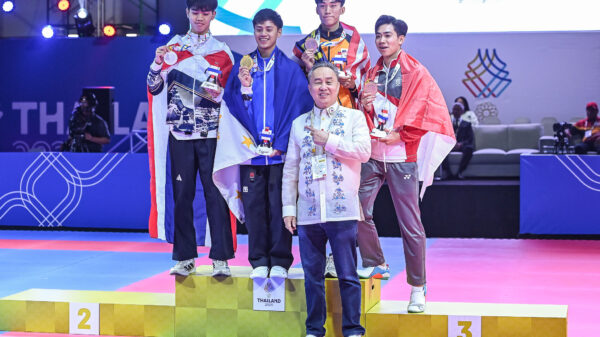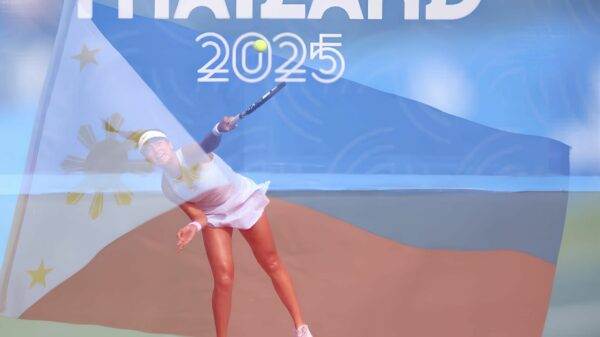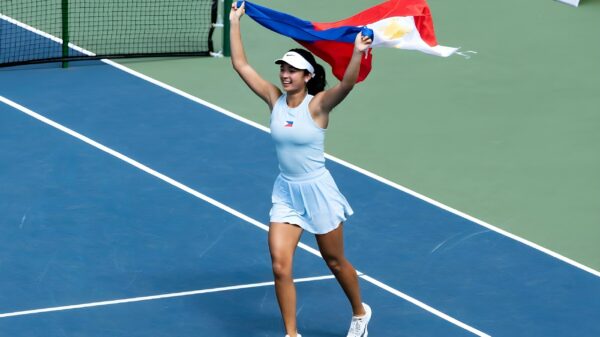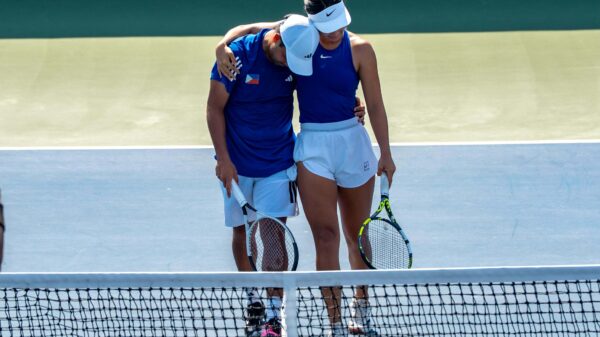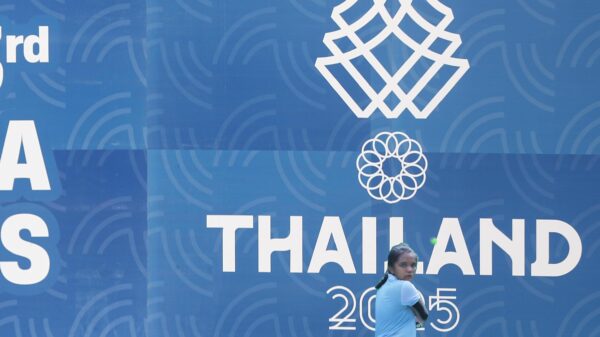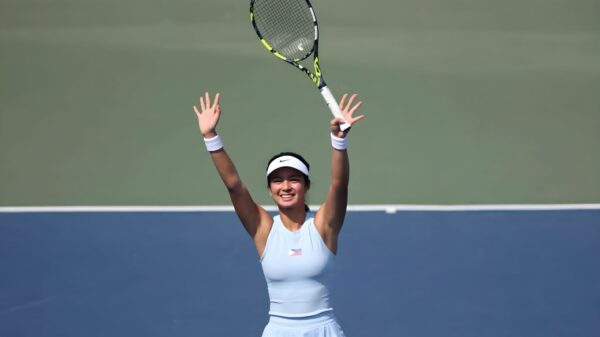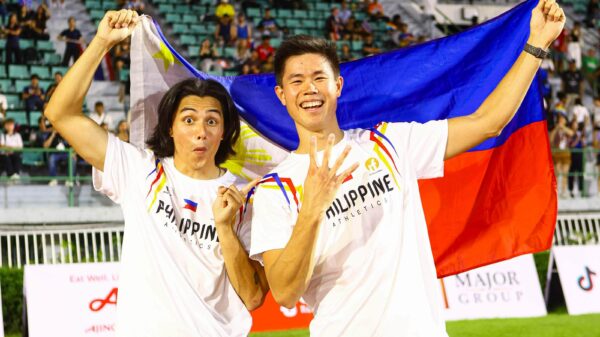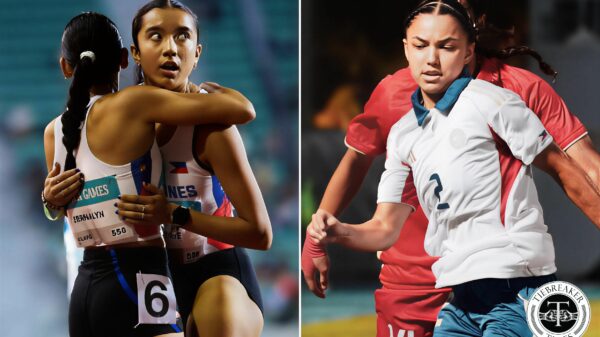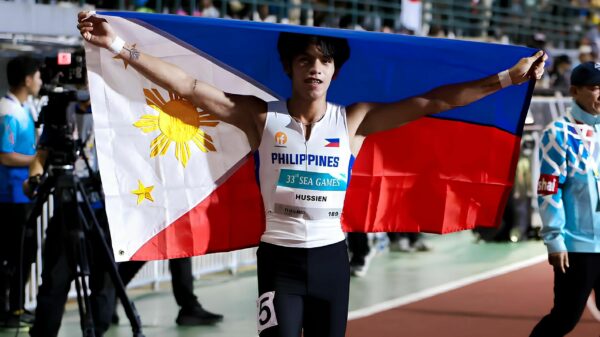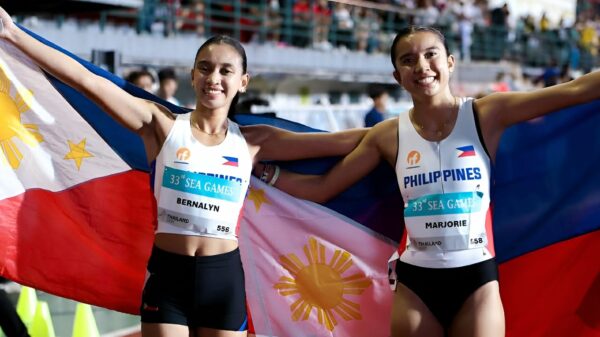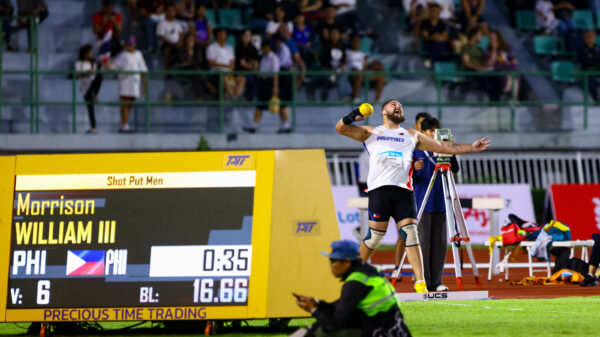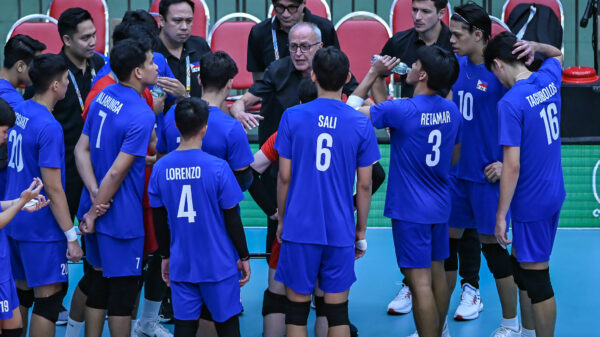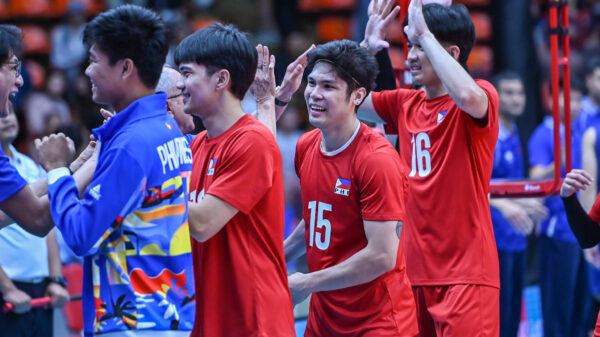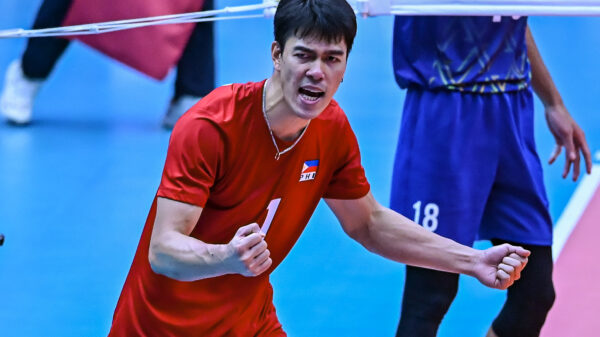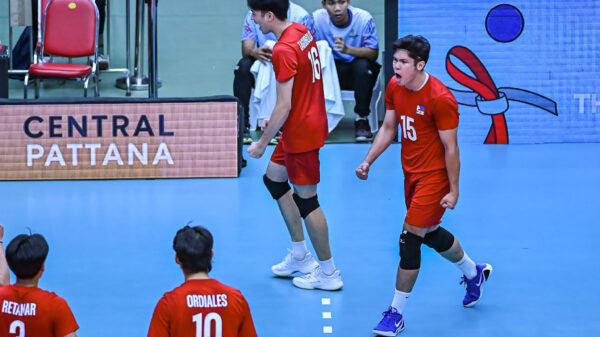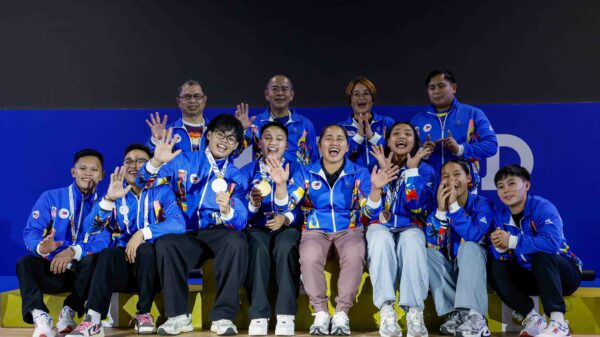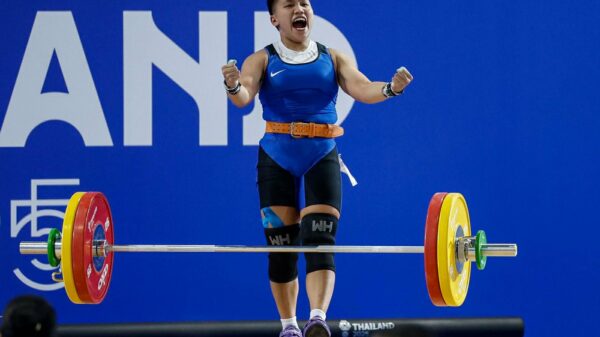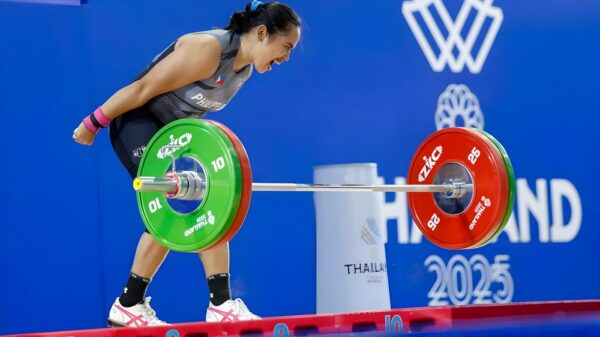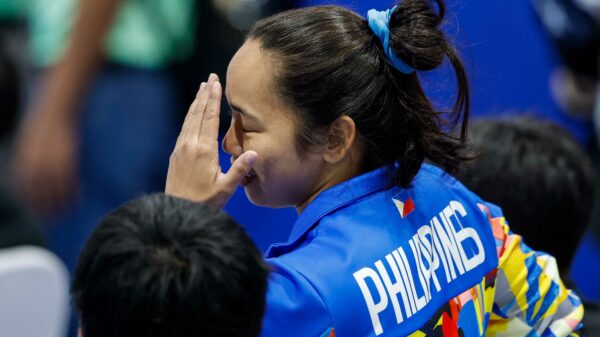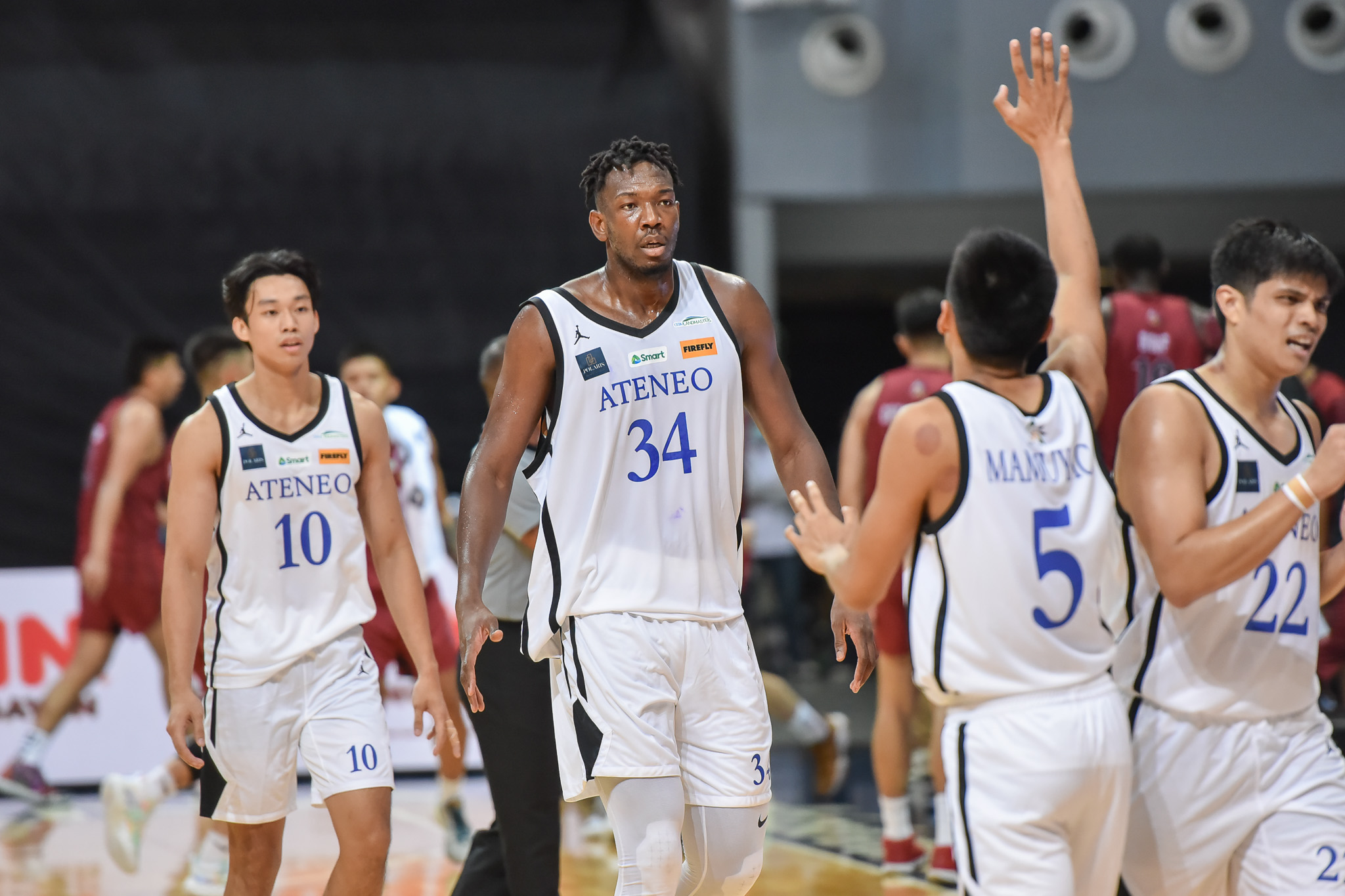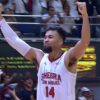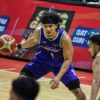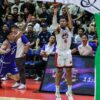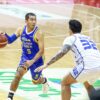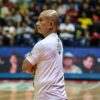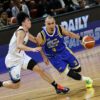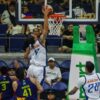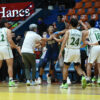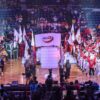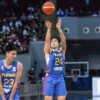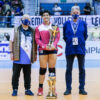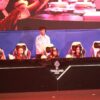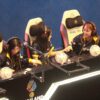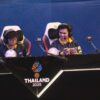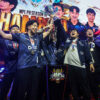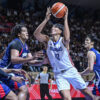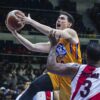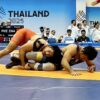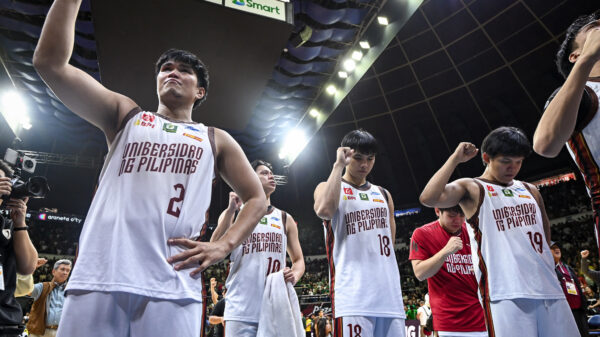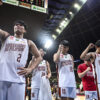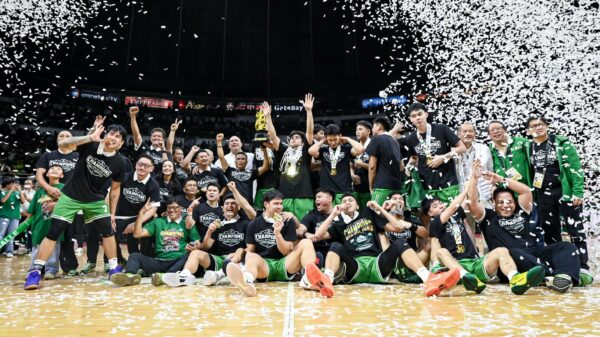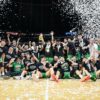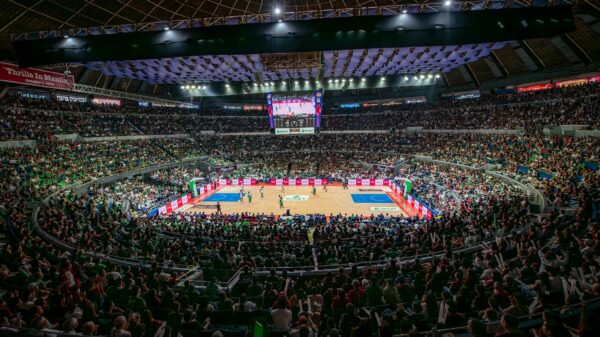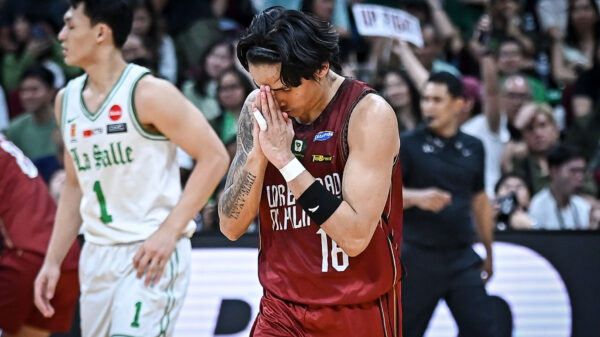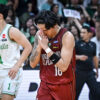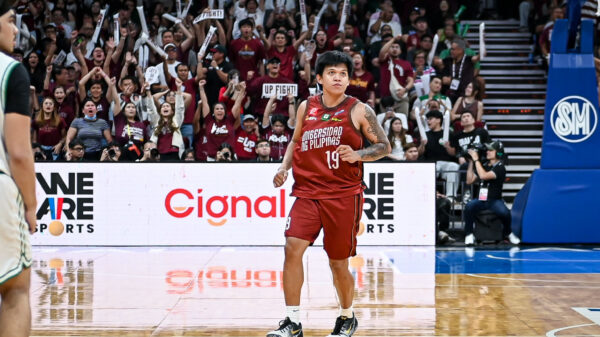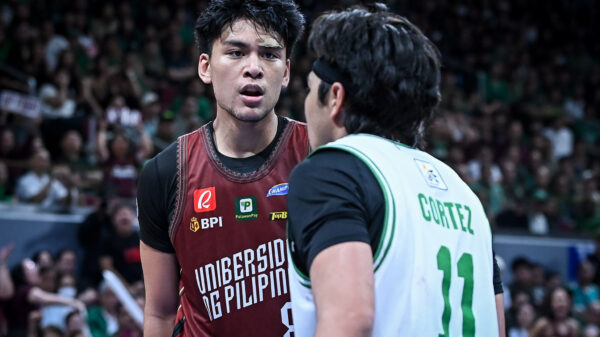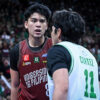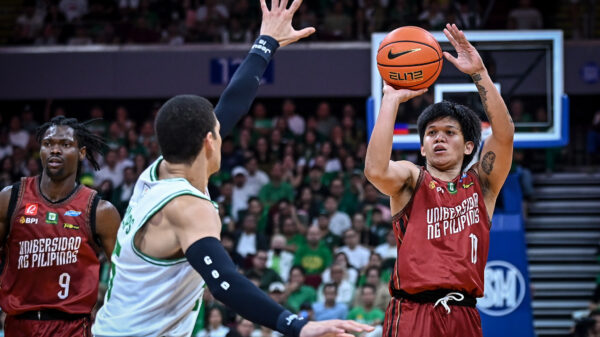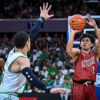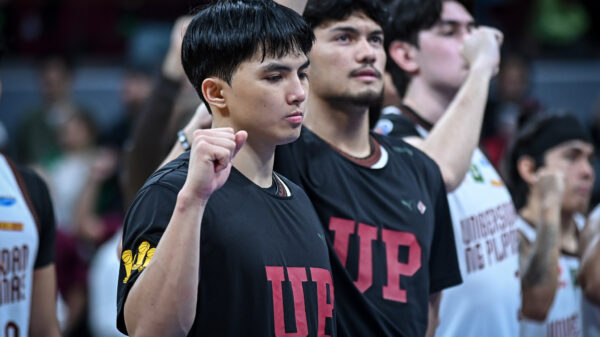Entering a much-awaited UAAP Season 84, Ateneo and University of the Philippines carried some set identities and expectations.
The Blue Eagles came into the new season as the prohibitive favorites to take the crown after winning the Season 82 tournament in dominant fashion, while the Fighting Maroons established themselves as the clear-cut winners of the offseason by retooling their coaching staff and its roster. Both entities, branded as little contenders for the aforementioned reasons, collided in a highly-touted matchup to open the season last Saturday; Ateneo prevailed, but it wasn’t easy, with UP threatening the lead and making a handful of runs that kept the match highly competitive.
All in all, the game showcased bright spots and points of improvement for both teams. Ateneo still looked like the best-drilled squad in the league, and UP’s offense seemed a notch above what we saw in the prior season. However, the clash also exposed a question both teams need to answer at some point in the season.
For Ateneo, the question is: What happens when Ange Kouame sits?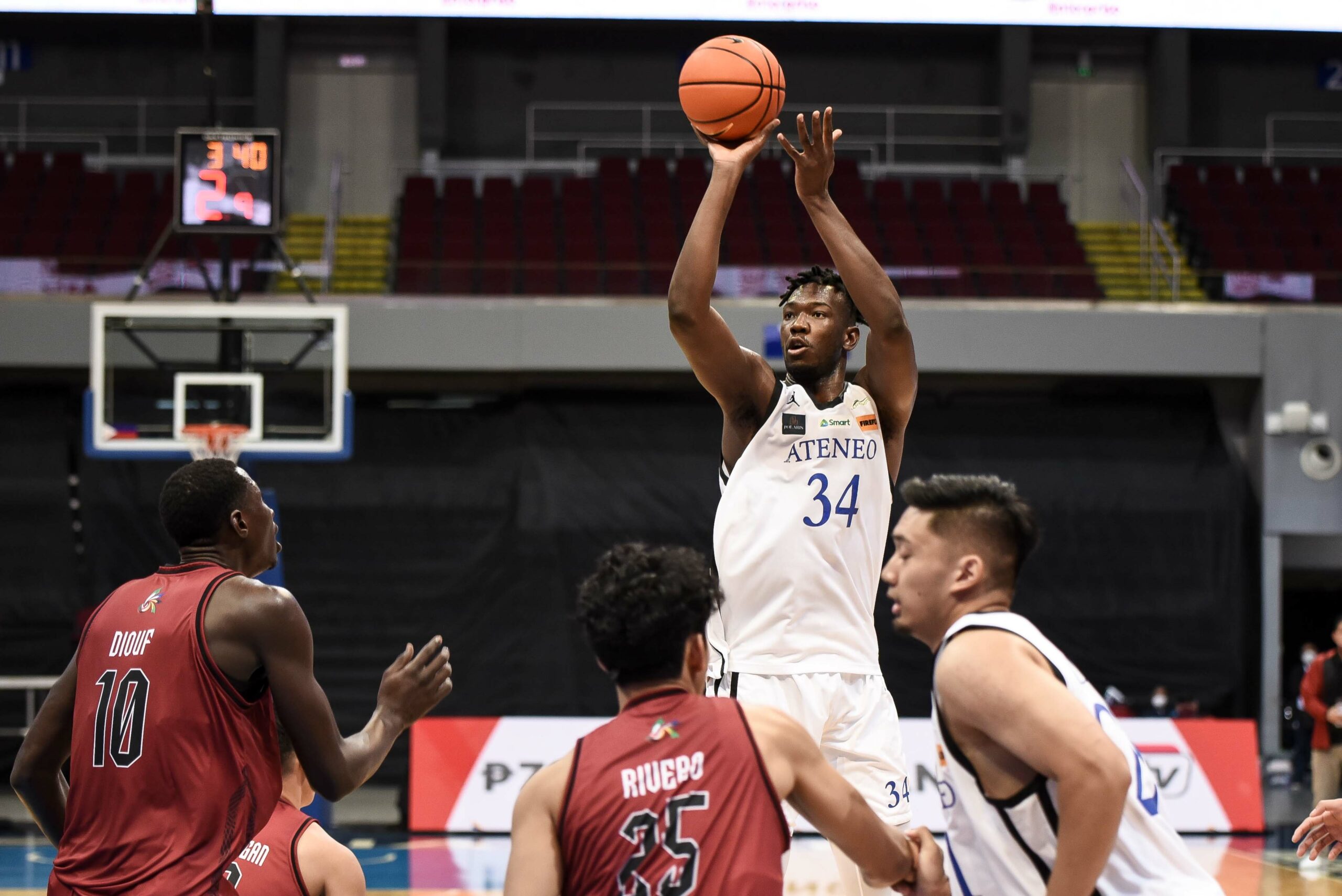
In Season 82, Ateneo beat teams by an average of 15.9 points per game when Ange was on the floor. With backup center Isaac Go, in, Ateneo still beat teams by an average of 3.1 points per game. There was a huge drop in the quality of Ateneo’s defense with him off the floor, and that’s with Go, a first overall pick in the PBA, manning the middle.
The first game saw Ateneo give up 38 points in the 12 minutes Kouame sat out. In the 27 minutes he was on the floor, UP only scored 43 points. To state it differently, Ateneo gave up 156.1 points per 100 possessions — their defensive rating — with Ange off the court, compared to a 77.9 DRTG with him on it. Of course, Ateneo’s 77.9 DRTG with Ange on was only marginally better than last season’s 81.8 average. The 156.1 DRTG is a bit inflated due to it only being a 12-minute sample, but the defense not being good checks out on film too.
UP made a run in the fourth quarter primarily because Kouame wasn’t there to stop them. For the duration of the game, UP was +8 (winning by 8) with Kouame sitting. Opposing bigs meant trouble in this scenario; if they chose to run with Matthew Daves and Raffy Verano, they would be giving up size. If they put Geo Chiu in, they would be giving up speed and experience.
In the play below, Ricci Rivero ran a spread pick and roll with Malick Diouf. Daves dropped to cover Rivero and a pass was thrown toward Diouf. At this point, Daves was out of the play, and Diouf got the bucket on the second chance.
By essentially living with a mismatch down low, the rest of Ateneo’s defense has to take on larger responsibility. In the following clip, Ateneo needed to put two on Diouf to prevent a pass to him and keep him off the offensive glass. They conceded a 4-versus-3 against the rest of the Maroons, and miscommunication on defense led to a Carl Tamayo triple. These types of breakdowns tend to occur when teams give up power play opportunities. There has to be near perfect execution in a defensive possession, or otherwise it’s a clean shot for their opponents.
The rest of Ateneo’s bigs will have to step up and hold back the tide, and the rest of the team will have to help them out too. Since Kouame’s first season with the Blue Eagles, the team has been practically untouchable with him on and very good with him off. In the coming games, we’ll see how Ateneo responds to this dynamic and how much the loss of Go really affects their level of play.
Meanwhile, for UP: What happens when the game slows down?
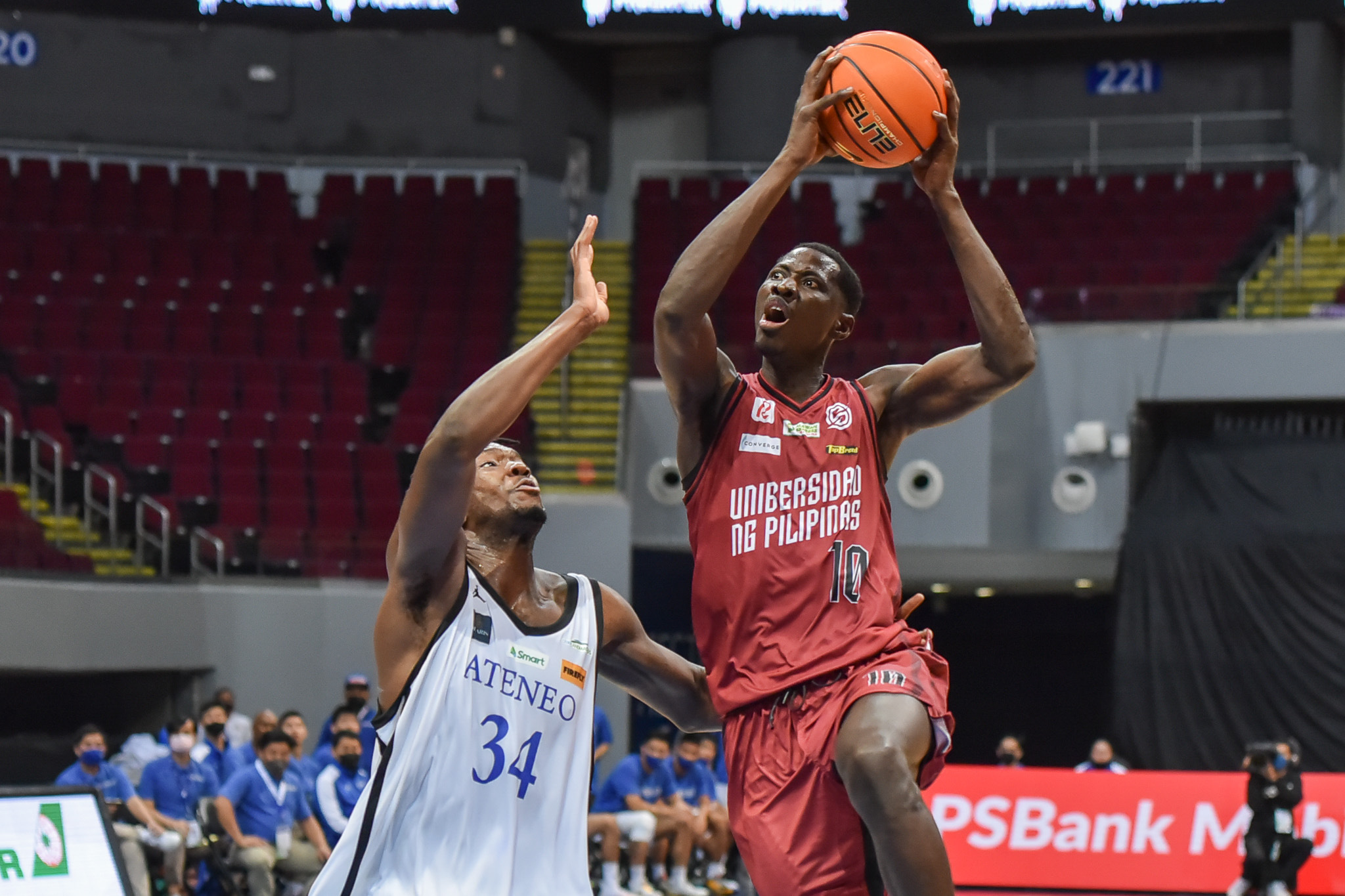 Based on my manual tracking, 18 of UP’s 81 points came in transition plays, or plays where the opposing defense isn’t set. This was the largest source of points among the play types tracked by Synergy (Here’s a quick explainer. When Kouame was off the floor, the team thrived in transition, scoring 12 of their 30 points in such plays.
Based on my manual tracking, 18 of UP’s 81 points came in transition plays, or plays where the opposing defense isn’t set. This was the largest source of points among the play types tracked by Synergy (Here’s a quick explainer. When Kouame was off the floor, the team thrived in transition, scoring 12 of their 30 points in such plays.
UP’s assortment of athletes thrive in transition, but there isn’t a clear answer to who’s going to create plays in the halfcourt. UP tried multiple initiators that game, but the Fighting Maroons still had difficulty getting points, as Joel Cagulangan, Gerry Abadiano, Terrence Fortea, Cansino, and Rivero combined for 11 turnovers in the halfcourt against Ateneo’s defense.
The Fighting Maroons have been blessed with good play from floor generals in recent memory with Jun Manzo and Juan Gomez de Liano having good seasons, but it is yet to be clear who among the current crop of players can take up the mantle; Cansino and Rivero, in previous seasons, have looked better suited to playing in the open court and acting as secondaries in the half-court rather than fully embracing primary initiator duties, while Abadiano, Cagulangan, and Fortea, despite all being highly accomplished at the high school level, are still unknown quantities in the Seniors’ division.
Of course, there are other options besides running the offense strictly through their primary perimeter option(s), as UP’s revamped offense has incorporated motion offense principles as well. Here, they run what I believe is the Chicago Rip, or a pindown leading to a dribble hand-off while with a back screen for the player handing the ball off. This set is a go-to play for when you need a layup, but Tyler Tio recognized the initial action and moved to help, which is why Cansino was free for three. (Note, though, that Diouf is open underneath for a layup with Gian Mamuyac on him).
They also have a pair of mid/high post threats in Diouf and Tamayo, but exclusively or primarily running the offense through them is a tough sell. Teams can scheme against post entries for Tamayo as seen in this possession. Dave Ildefonso fronts, while Kouame and Tio inch toward him in case he catches.
Likewise, it’s possible to deny entries to Diouf. If you’ve seen him play in the PBA D-League, you’d know that he’s a really talented passer in this area. The problem is that he’s tall with a really high center of gravity, which means he can get pushed out of position easily. In this clip, he’s calling for a pass in the elbow. The pass comes and he ends up getting control of the ball in Curry distance. This might become a common occurrence if UP decides to dump the ball to him multiple times a game.
UP had a strong showing on Saturday, and their offense already looked better than it was last season, but I’m still not exactly sure what they will end up looking like after the elimination round. Coach Goldwyn Monteverde’s offense still looks like it has a lot of room for growth, and there are tons of directions where they can go from here. The outlook seems optimistic for the Fighting Maroons, but to maximize their potential, the offense has to figure itself out, and the players have to show a ton of growth to fit in their respective roles.
—
All UAAP games stream live on GigaPlay presented by Yamaha. Download it now on Android or IOS.

